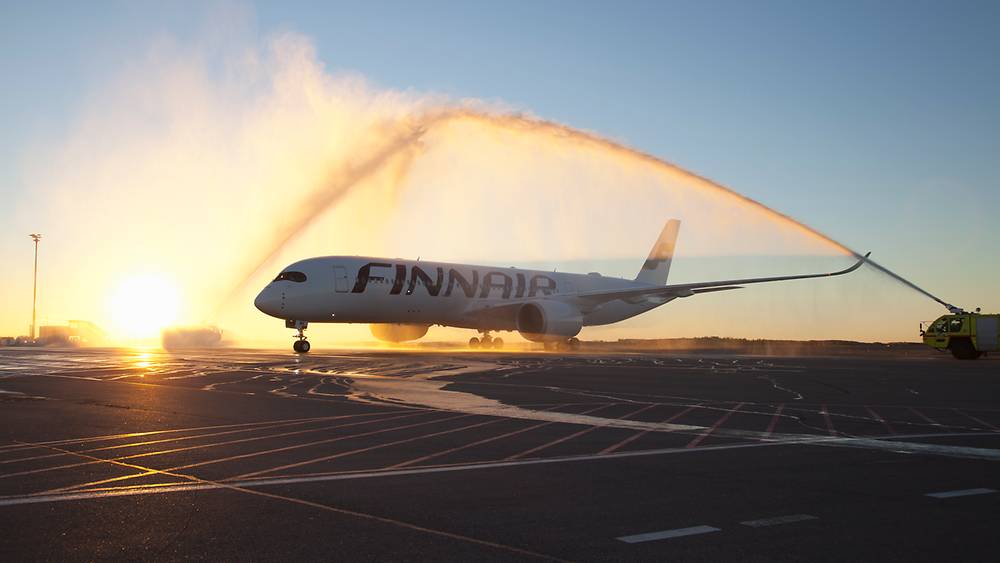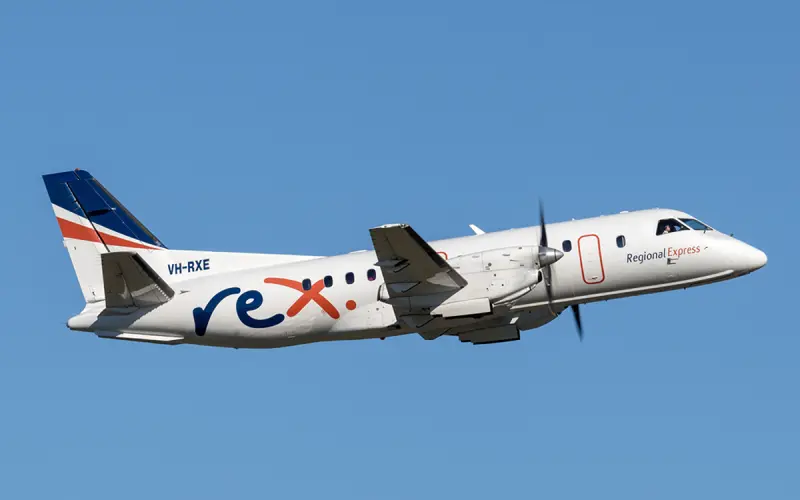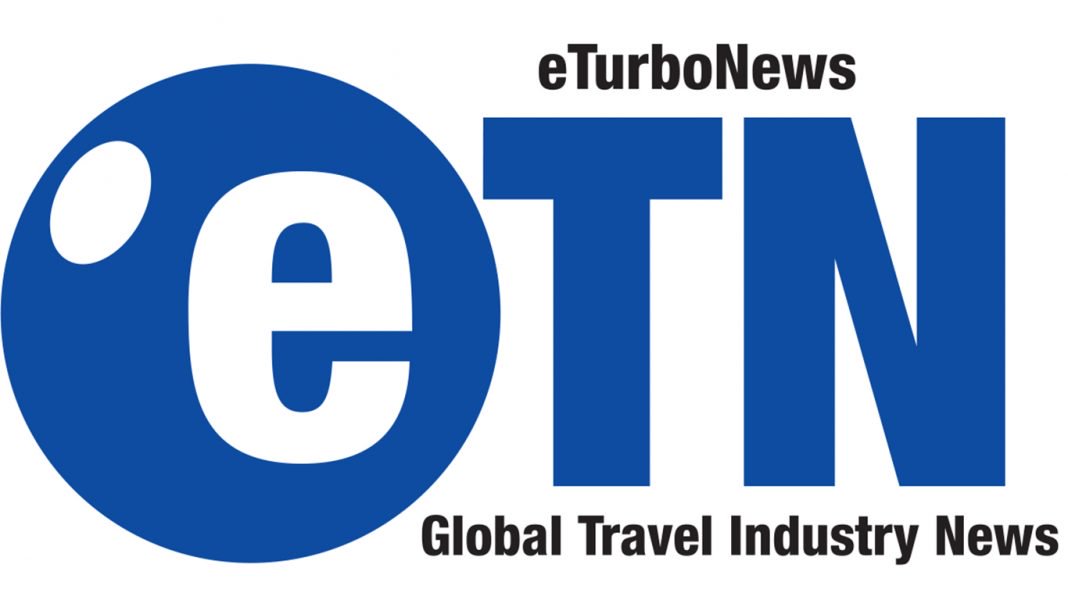Although European travel demand is poised for a major recovery due to the high vaccination rates in Europe, volumes are still far from the pre-pandemic days which are not expected to be surpassed until 2024. The most recent edition of the ‘European Tourism Trends & Prospects’ quarterly report from the European Travel Commission (ETC) continues to monitor the COVID-19 impact on the sector, examining how travel activity is rebounding amid the current wave of infections and ongoing vaccination programmes.
Commenting following the publication of the report, Luís Araújo, ETC’s President, said: “From our latest ‘European Tourism Trends & Prospects’ quarterly report, it is clear to see the critical role vaccination programmes have already played in helping travel rebound. The COVID-19 vaccine rollout was vital to the easing of entry requirements and boosting the appeal of travel during the summer season. However, vaccination efforts won’t be enough. As the winter months approach, it is imperative that Europe strives to further restore the freedom of movement by implementing more holistic and coherent approaches for travel within and outside the EU.”
Increased demand for European tourism
Europe currently has the highest vaccination rate of the world’s regions, which is expected to enable the release of significant pent-up demand. In fact, European destinations already enjoyed a stronger than expected summer season owing to successful vaccination programmes. Moreover, the creation of the EU Digital COVID-19 Certificate was fundamental to ensuring safe travel across the region and helped to simplify cross-border mobility. Intra-regional travel as a result experienced an uplift and is set to account for 85% of European international arrivals in 2021, up from 77% in 2019.
The travel recovery observed has been different across destinations, with those that reopened their borders earlier to vaccinated travellers being the most favoured. As the first nation to reopen to COVID-free tourists, Greece delivered the strongest rebound in overnight terms (-19% vs. 2019), although foreign arrivals were weak. The strongest pick up in arrivals from 2019 rates was observed in Croatia (-37%), which was able to extend its outstanding performance into off-season, welcoming 1.9 million tourist arrivals in September. In contrast, Czech Republic (-94%) recorded the sharpest decline with stringent COVID-19 measures extended throughout the year.
All reporting European destinations enjoyed higher levels of hotel occupancy this summer compared to 2020, based on data for July-September. Several destinations reported occupancy rates close to 70%, including Slovenia, the UK, Monaco and Turkey. European air passenger growth also gained momentum over the months of June (-69%), July (-57%) and August (-49%) compared to 2019, although global revenue passenger kilometres (RPKs) in August remained half of pre-COVID-19 levels. The relative improvement throughout the summer months was mainly driven by domestic air travel demand.
A long road ahead
Although European travel has made positive strides in 2021, there is still a long road ahead as international tourist arrivals to Europe were still down 77%[1] half-way through the year. A slower vaccine rollout across Eastern Europe, and in some large long-haul source markets, may potentially delay the recovery, presenting a lingering downside risk.
ETC also observed a notable absence of long-haul travellers, with US arrivals to Europe remaining 90% below their 2019 levels for one third of reporting destinations. The absence of Chinese holidaymakers was also sorely felt across Europe, with all reporting destinations posting declines over 90% compared to 2019.
Overall, international tourist arrivals to Europe are forecast to be 60% below 2019 by the end of 2021 with many other factors continuing to weigh on Europe’s tourism recovery. These include ever-changing COVID-19 restrictions and policies, renewed outbreaks and the confusion around the colour-coded EU travel system applied differently across European destinations. The adoption of different systems for accepting non-EMA recognised vaccines may also continue to impact destinations heavily reliant on long-haul travel.



 share
share









































